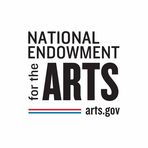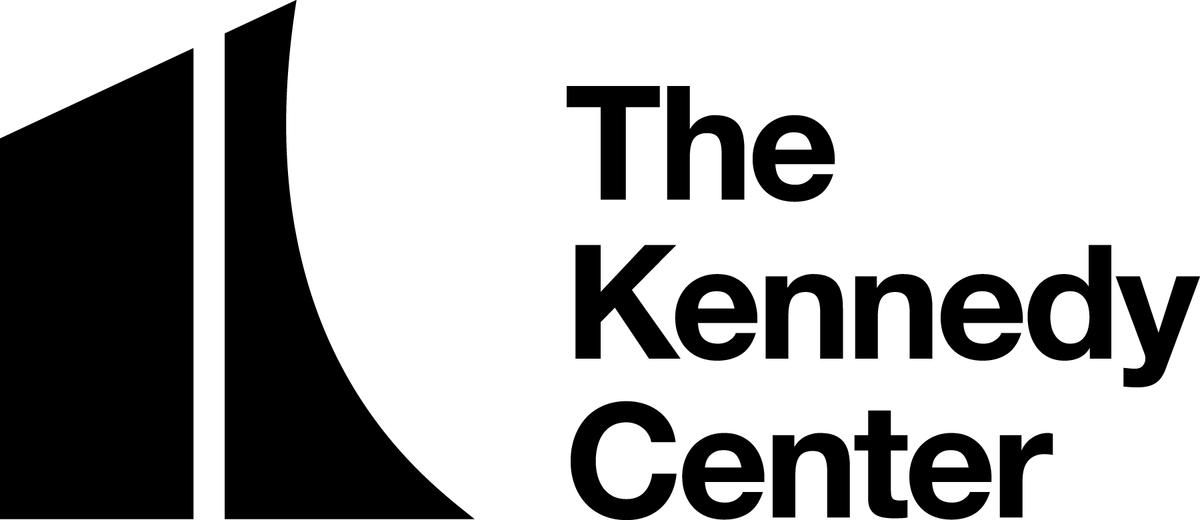The Cultural Battlefield: Trump’s Takeover of the Kennedy Center
June 12, 2025, 5:41 am

Location: United States, District of Columbia, Washington
Employees: 51-200
Founded date: 1965

Location: United States, District of Columbia, Washington
Employees: 501-1000
Founded date: 1971

Location: United States, District of Columbia, Washington
Employees: 51-200
Founded date: 1965
Total raised: $550K
In the heart of Washington, D.C., the Kennedy Center stands as a monument to the arts. It has long been a sanctuary for creativity, a place where the echoes of music and theater resonate with the spirit of democracy. But now, this cultural bastion is under siege. The arrival of Donald Trump has transformed the Kennedy Center into a political battleground, raising questions about the future of the arts in America.
Trump’s recent appointment of loyalists to the Kennedy Center board has sent shockwaves through the artistic community. Patrons and performers are voicing their discontent. The center, once a neutral ground for artistic expression, is now perceived as a tool for political maneuvering. Subscription sales are plummeting. Productions like “Hamilton” are pulling out, leaving empty seats where art should thrive.
The backlash is palpable. Artists such as Issa Rae and Rhiannon Giddens have canceled performances. Even the cast of “Les Misérables” is facing boycotts, with understudies stepping in to fill the void. The musical, a poignant tale of struggle and redemption, now mirrors the turmoil at the center. The irony is thick; a story about the fight against oppression is overshadowed by a new form of artistic censorship.
Trump’s aggressive stance on the arts is not just a personal vendetta. It’s part of a broader strategy to reshape cultural institutions. His administration has proposed slashing funding for the National Endowment for the Arts and the National Endowment for the Humanities. These cuts threaten the very fabric of public culture. They aim to silence voices that challenge the status quo.
The Kennedy Center, established in 1971, was meant to be a nonpartisan haven for the arts. It was conceived during the Eisenhower administration and nurtured by leaders from both parties. Now, it finds itself at the mercy of a political agenda that seeks to redefine its mission. Trump’s characterization of past programming as “out of control” and “rampant political propaganda” is a thinly veiled attempt to justify his takeover. The arts are not a battleground for political ideologies; they are a reflection of society’s complexities.
The implications of this takeover extend beyond the Kennedy Center. Public broadcasting and other cultural institutions are also under threat. The Federal Communications Commission (FCC) is challenging the funding structures that have supported public media for decades. This is not merely an economic issue; it’s an assault on the very idea of public service. The FCC’s actions reflect a broader effort to dismantle institutions that foster informed citizenship.
Public media has long been a pillar of democracy. It provides a platform for diverse voices and perspectives. Yet, the current administration seems intent on erasing this legacy. The attack on public broadcasting funding is not just about dollars and cents. It’s about control. It’s about silencing dissent and curating a narrative that aligns with a specific ideology.
The irony is striking. The same administration that champions free speech is simultaneously undermining the institutions that protect it. By targeting public media, Trump is sending a clear message: dissent will not be tolerated. This is a dangerous precedent. A society that stifles artistic expression is a society that risks losing its soul.
As the Kennedy Center grapples with its new reality, the question remains: what will the future hold for the arts in America? Will they become a reflection of political power, or will they continue to serve as a voice for the voiceless? The stakes are high. The battle for the soul of American culture is underway.
Artists and patrons must unite. They must stand against the tide of censorship and demand that the arts remain a space for free expression. The Kennedy Center can be a beacon of hope, but only if it resists the pressures of political influence. It must reclaim its identity as a sanctuary for creativity, a place where all voices can be heard.
In the face of adversity, the arts have always found a way to persevere. They have the power to inspire change, to challenge norms, and to foster understanding. The current crisis may be daunting, but it also presents an opportunity. An opportunity to redefine the relationship between art and politics. An opportunity to reaffirm the importance of cultural institutions in a democratic society.
As the curtain rises on the next act, the audience must be vigilant. The fight for the Kennedy Center is not just about one institution; it’s about the future of the arts in America. It’s about preserving a space where creativity can flourish, unencumbered by political agendas. The battle may be fierce, but the spirit of the arts is resilient. In the end, it is the artists who will shape the narrative. It is they who will ensure that the echoes of creativity continue to resonate in the halls of power. The fight is far from over. The stage is set, and the world is watching.
Trump’s recent appointment of loyalists to the Kennedy Center board has sent shockwaves through the artistic community. Patrons and performers are voicing their discontent. The center, once a neutral ground for artistic expression, is now perceived as a tool for political maneuvering. Subscription sales are plummeting. Productions like “Hamilton” are pulling out, leaving empty seats where art should thrive.
The backlash is palpable. Artists such as Issa Rae and Rhiannon Giddens have canceled performances. Even the cast of “Les Misérables” is facing boycotts, with understudies stepping in to fill the void. The musical, a poignant tale of struggle and redemption, now mirrors the turmoil at the center. The irony is thick; a story about the fight against oppression is overshadowed by a new form of artistic censorship.
Trump’s aggressive stance on the arts is not just a personal vendetta. It’s part of a broader strategy to reshape cultural institutions. His administration has proposed slashing funding for the National Endowment for the Arts and the National Endowment for the Humanities. These cuts threaten the very fabric of public culture. They aim to silence voices that challenge the status quo.
The Kennedy Center, established in 1971, was meant to be a nonpartisan haven for the arts. It was conceived during the Eisenhower administration and nurtured by leaders from both parties. Now, it finds itself at the mercy of a political agenda that seeks to redefine its mission. Trump’s characterization of past programming as “out of control” and “rampant political propaganda” is a thinly veiled attempt to justify his takeover. The arts are not a battleground for political ideologies; they are a reflection of society’s complexities.
The implications of this takeover extend beyond the Kennedy Center. Public broadcasting and other cultural institutions are also under threat. The Federal Communications Commission (FCC) is challenging the funding structures that have supported public media for decades. This is not merely an economic issue; it’s an assault on the very idea of public service. The FCC’s actions reflect a broader effort to dismantle institutions that foster informed citizenship.
Public media has long been a pillar of democracy. It provides a platform for diverse voices and perspectives. Yet, the current administration seems intent on erasing this legacy. The attack on public broadcasting funding is not just about dollars and cents. It’s about control. It’s about silencing dissent and curating a narrative that aligns with a specific ideology.
The irony is striking. The same administration that champions free speech is simultaneously undermining the institutions that protect it. By targeting public media, Trump is sending a clear message: dissent will not be tolerated. This is a dangerous precedent. A society that stifles artistic expression is a society that risks losing its soul.
As the Kennedy Center grapples with its new reality, the question remains: what will the future hold for the arts in America? Will they become a reflection of political power, or will they continue to serve as a voice for the voiceless? The stakes are high. The battle for the soul of American culture is underway.
Artists and patrons must unite. They must stand against the tide of censorship and demand that the arts remain a space for free expression. The Kennedy Center can be a beacon of hope, but only if it resists the pressures of political influence. It must reclaim its identity as a sanctuary for creativity, a place where all voices can be heard.
In the face of adversity, the arts have always found a way to persevere. They have the power to inspire change, to challenge norms, and to foster understanding. The current crisis may be daunting, but it also presents an opportunity. An opportunity to redefine the relationship between art and politics. An opportunity to reaffirm the importance of cultural institutions in a democratic society.
As the curtain rises on the next act, the audience must be vigilant. The fight for the Kennedy Center is not just about one institution; it’s about the future of the arts in America. It’s about preserving a space where creativity can flourish, unencumbered by political agendas. The battle may be fierce, but the spirit of the arts is resilient. In the end, it is the artists who will shape the narrative. It is they who will ensure that the echoes of creativity continue to resonate in the halls of power. The fight is far from over. The stage is set, and the world is watching.